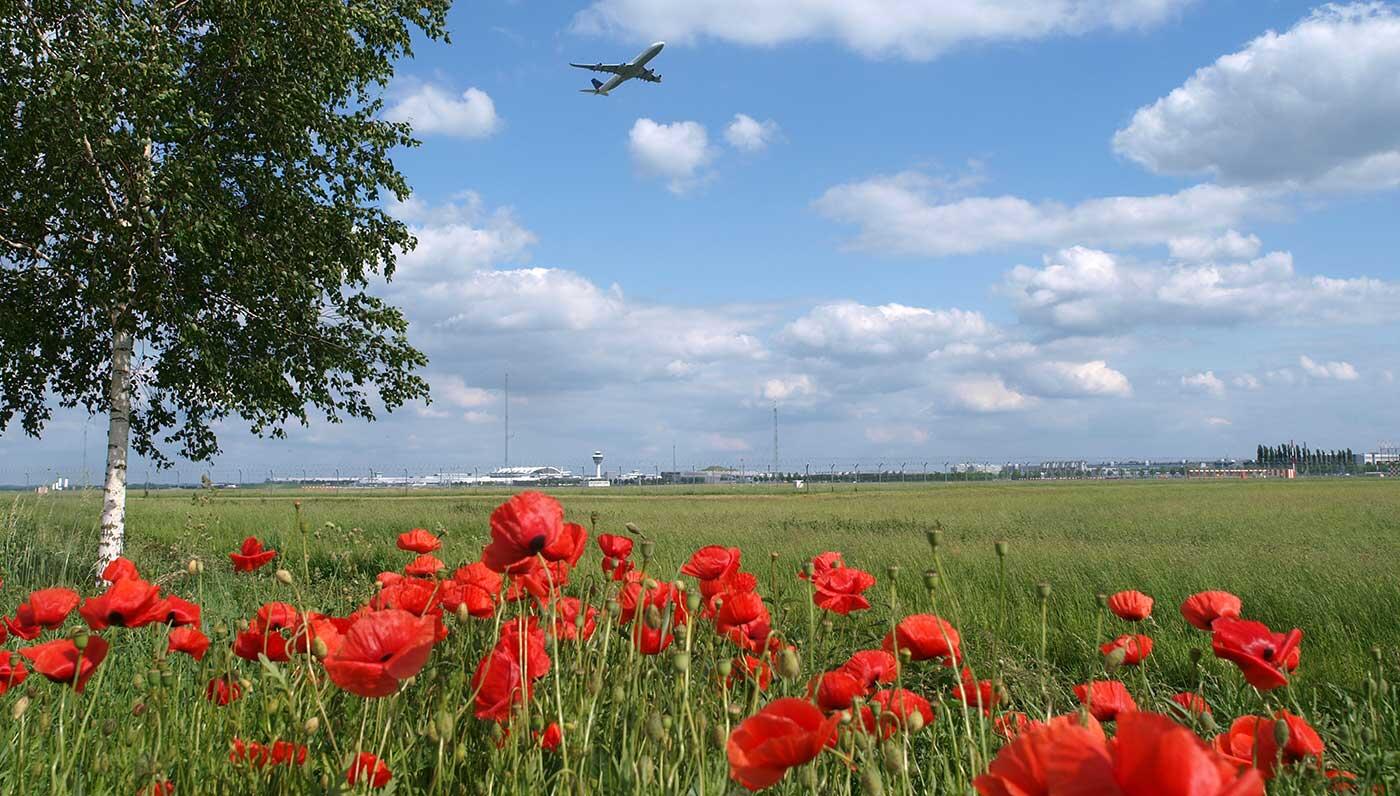While public pressure forces the aviation industry to significantly reduce its carbon footprint, the industry itself also has set itself ambitious goals for decarbonization. Most major airports around the world committed themselves to NetZero. In addition, organizations such as ICAO and IATA pledged to drastically reduce the industry’s carbon footprint.
To meet these challenging targets, there is an increasing need to develop – and certify - new propulsion technologies. Kerosene, which is practically the only means of propulsion in aviation today, is almost entirely derived from fossil sources, and thus is a major carbon emitter. The industry needs alternative, carbon neutral propulsion technologies, such as
- Hydrogen and
- Electric propulsion.
Yet, the development of such technologies takes a significant amount of time. Not only must these technologies be developed and certified, but also new aircraft need to be designed for such types of propulsion. Certification procedures for these new types of aircraft can take up to 10-15 years. Timelines for electric and hydrogen flying in notable scales reach to 2035 and beyond.
Thus, it is a challenging task for airlines as well as airports, to meet regulatory requirements and self-imposed targets.





